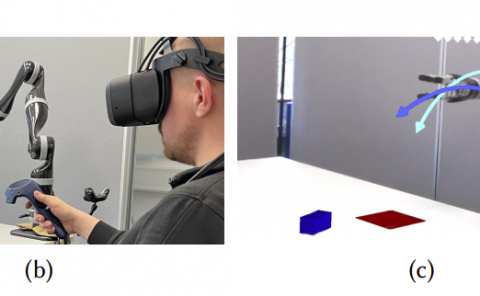Exploring Spatial Scale Perception in Immersive Virtual Reality for Risk Assessment in Interior Design
PubDate: April 2020
Teams: University of Canterbury,Northwestern Polytechnical Universit
Writers: Jingjing Zhang, Thammathip Piumsomboon, Ze Dong, Xiaoliang Bai, Simon Hoermann, Rob Lindeman

Abstract
One of the utilities of Virtual Reality is to provide its users with new perspectives, which is a promising application for architectural and interior design. In this paper, we investigate the effects of varying spatial scale perception (SSP), the perception of risks, and the ability to detect them in the virtual environment. We conducted a user study where participants experienced four unique perspectives, that of a two-year-old child, an eight-year-old child, an adult and a person in a wheelchair by manipulating their virtual inter-pupillary distance and eye height. We found that varying SSP had significant impacts on the perceived level of risk, heights of the identified risk, and the number of risks discovered. The results yielded empirical evidence to support that experiencing different SSP, can potentially help identify issues during an architectural design process for various groups of users.

